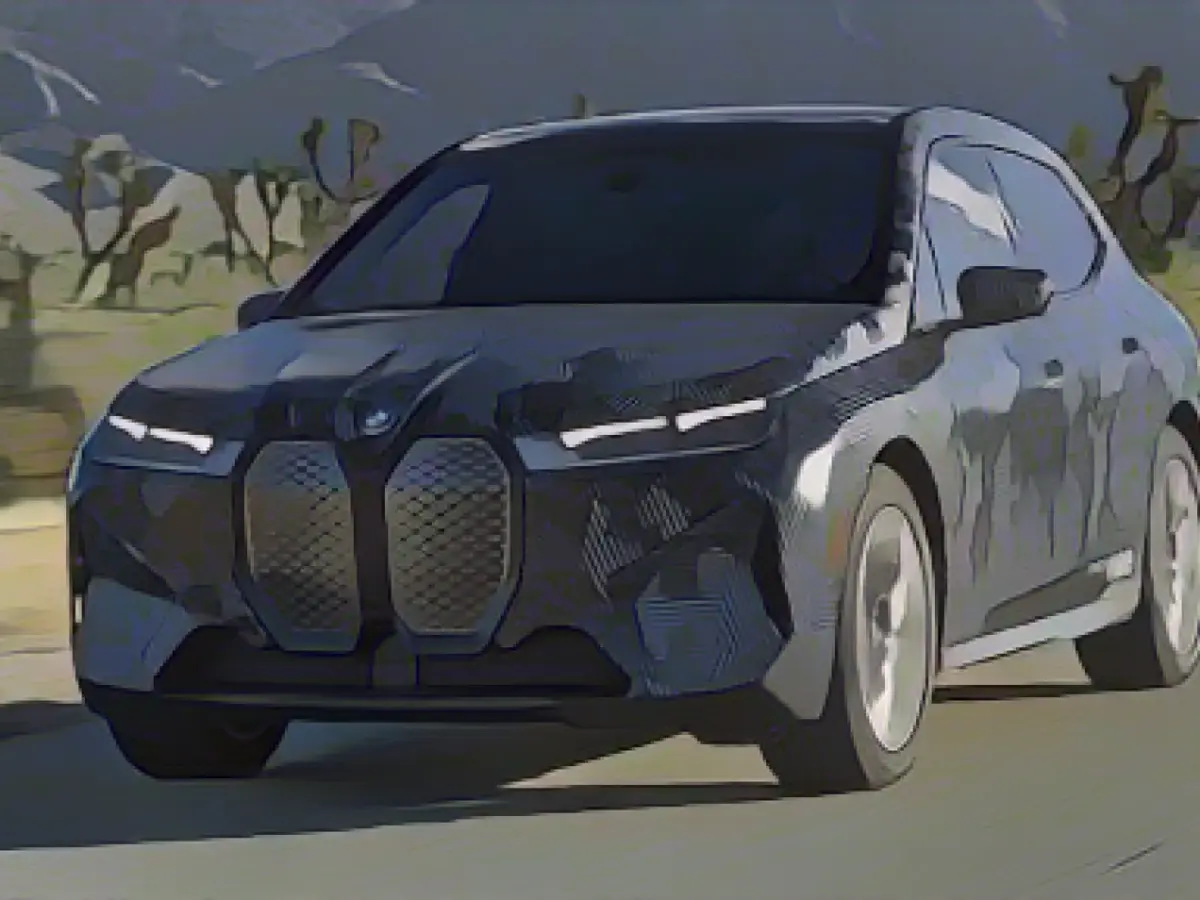Our Next Energy - Almost 1000 kilometers without stopping to charge: BMW iX with new battery fights range anxiety
Battery exchange stations, fast chargers and charging points at every supermarket are already helping electric cars to make good progress - but real range would be even better. This is because electric cars have always suffered from the reputation of not being able to cover any significant distances, especially in cold weather. Of course, there is a lot of ignorance and a lack of experience behind this assumption, but as long as electric vehicles cannot reliably travel long distances on a single charge or charging takes no longer than the time it takes to refuel, the critics will not fall silent.
BMW and the start-up Our Next Energy have now come a lot closer to this magical limit. A converted BMW iX has managed to drive exactly 978.6 kilometers in a test according to the WLTP standard - at least on the test bench. In reality, depending on the weather, you probably have to subtract around a third. But that would still be more than 600 kilometers on the road, which not every electric car can achieve.
Electric car battery relies on two cell types
The young company has achieved this with a new type of battery called Gemini. This is a type of hybrid battery that consists of two different cell types. One part is made up of lithium iron phosphate (LFP) cells and supplies the motor with energy. In the current battery format, these cells enable a range of 240 kilometers, which, according to the young company, is sufficient for 99 percent of everyday driving needs.
The other part of the battery consists of anode-free cells, which have a high energy density. They act as range extenders, which charge the LFP cells while driving. This increases the range by around 724 kilometers. The entire Gemini battery is created with a focus on fitting into a 300 to 400 liter space, which is typically intended for the battery of an electric car, despite its performance.
Our Next Energy particularly emphasizes the longer range and the lower demand for raw materials. The battery requires 20 percent less lithium and 60 percent less graphite, while the use of nickel and cobalt is also reduced. This should lead to lower costs and less environmental pollution.
There are currently still limitations with anode-free technology. It has a shorter service life than LFP or conventional lithium batteries and delivers less power to the electric motor. The LFP part is therefore mainly used, while the anode-free part of the Gemini battery is only used as a range booster when necessary.
Our Next Energy already attracted attention last year with a converted Tesla Model S. The company actually drove this car for 1200 kilometers in cool weather without stopping to charge. However, an interview by "Autoline Network" with CEO Mujeeb Ijaz quickly made it clear that the technology could not go beyond a demonstration under controlled conditions at the time.
Market launch planned for 2024
The battery at the time used expensive nickel-manganese-cobalt (NMC) cells without cooling, which limited the test drive to 90 km/h. In everyday use, such a battery would be life-threatening, as the risk of fire increases significantly without cooling. With the battery in the BMW iX, great strides have apparently been made in this area. An information graphic from the manufacturer shows that the cobalt content has been reduced by 100 percent and the nickel content by 75 percent. The company is now focusing on "manganese-containing cathodes without cobalt".
Following the successful presentation of the battery, Our Next Energy plans to further optimize it and prepare for its market launch. There is talk of a launch next year.
Sources: ONE, Autoline Network
Read also:
- The China replacement
- The radio scam of car thieves
- Dream garage
- Honorary steering wheel for Wolfgang Porsche
- The successful test drive in a converted BMW iX with a range of 978.6 kilometers has further boosted the reputation of Our Next Energy's innovative battery technology, which combines lithium iron phosphate (LFP) cells and anode-free cells to improve the range and reduce the demand for raw materials.
- While the BMW iX with the Gemini battery has shown impressive results in the lab, driving over 600 kilometers in real-world conditions is still a challenge, especially considering the effects of weather conditions on the battery's performance.
- With the newly optimized Gemini battery, Our Next Energy is planning to launch it in the market by 2024, aiming to address the issue of range anxiety in electric vehicles and reduce their environmental impact.
Source: www.stern.de








